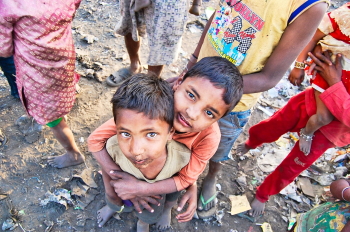A brief but intense thought in which the bishop of Aachen, Germany, who died twenty years ago, strongly underscores his passion for unity, living in communion among living cells
1994-2014: Remembering Klaus Hemmerle
Twenty years after the German Bishop Klaus Hemmerle’s death, we present some comments made by Chiara Lubich in her 1999 interview with Fr Wilfried Hagemann about his contribution to the Focolare Movement.
Klaus Hemmerle: for Church and for Society
Maria Voce travels to Aachen, Germany, to pay homage to German bishop Klaus Hemmerle (1929-1994). An exchange of reflections by theologians and collaborators in order to hear, learn and live his teachings.
Klaus Hemmerle: Spiritual Thoughts
Discovering the presence of Christ in our neighbour with the help of the spiritual depth of a German theologian who was Bishop of Aachen.
“Klaus Hemmerle Award” to eminent ecumenist, Lutheran Bishop Christian Krause
The prize is awarded to “builders of bridges that promote dialogue among the Churches, religions and exponents of different world views”
Hemmerle: The Word and the Spirit
During the Week of Prayer for Christian Unity we offer some thoughts from the Catholic theologian Klaus Hemmerle (1929-1994), who sees in the reciprocal aspect of the Christian life a common path for all Christians who are in search of unity in the one Spirit.
Hemmerle: Infancy, Dawn of a Prophecy
In the upcoming World Day for Children’s rights (20 November), some reflections of the German theologian, Klaus Hemmerle (1929-1994)
Hemmerle: Ways to Holiness
For All Saints Day, Bishop Klaus Hemmerle (1929–1994), theologian and philosopher, proposes a sanctity that begins with sharing all our gifts with the poor and disadvantaged, knowing how to be at their level.
Messenger of peace and reconciliation
In Aachen, Germany, the Focolare presented the Klaus Hemmerle Prize to Metropolitan Anastasios Yannoulatos of Tirana, Albania
Right to the end
Holy Thursday: this reflection on today’s solemnity is taken from a homily prepared by the bishop, philosopher and theologian, Klaus Hemmerle (1929–1994), for Holy Thursday 1993.








